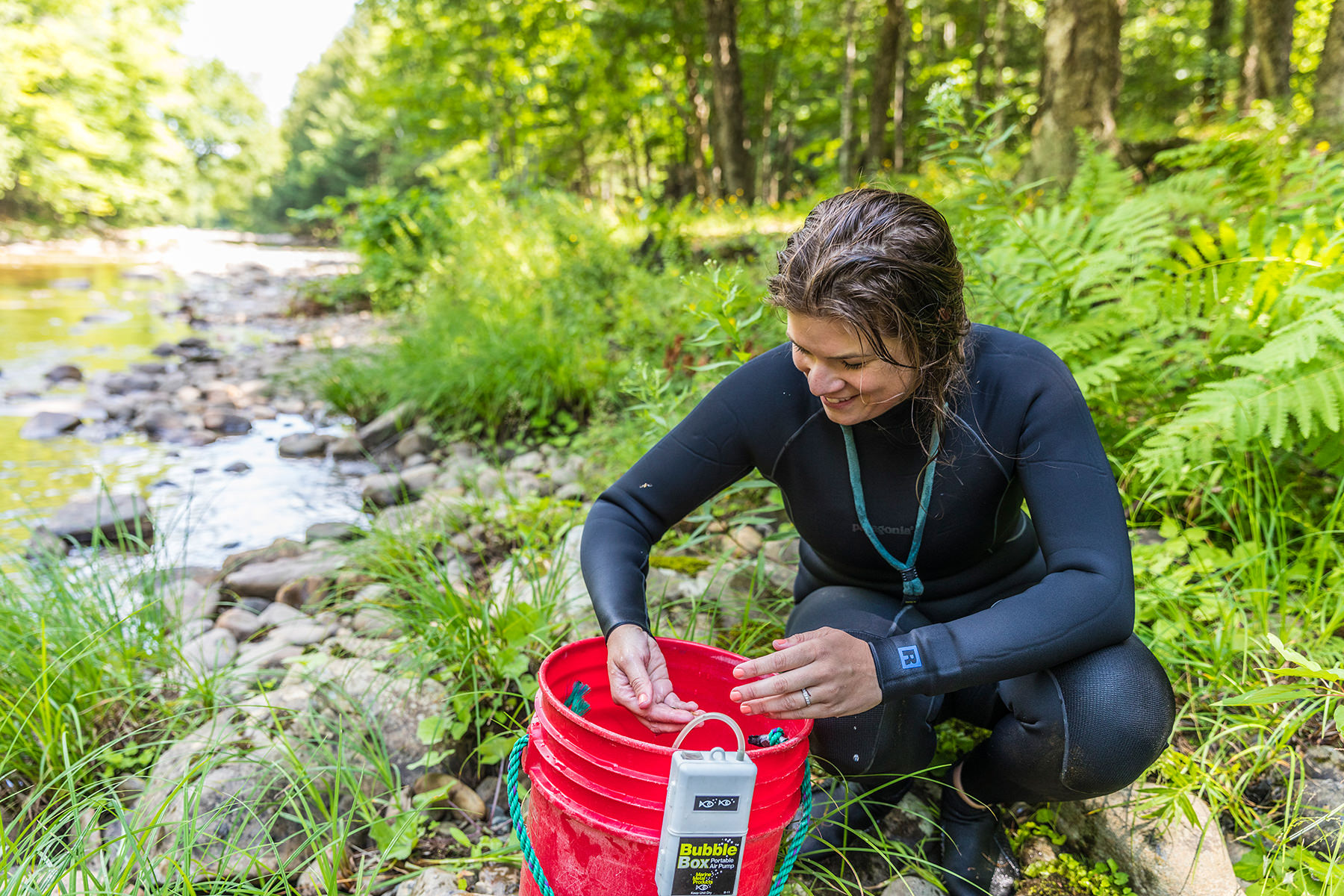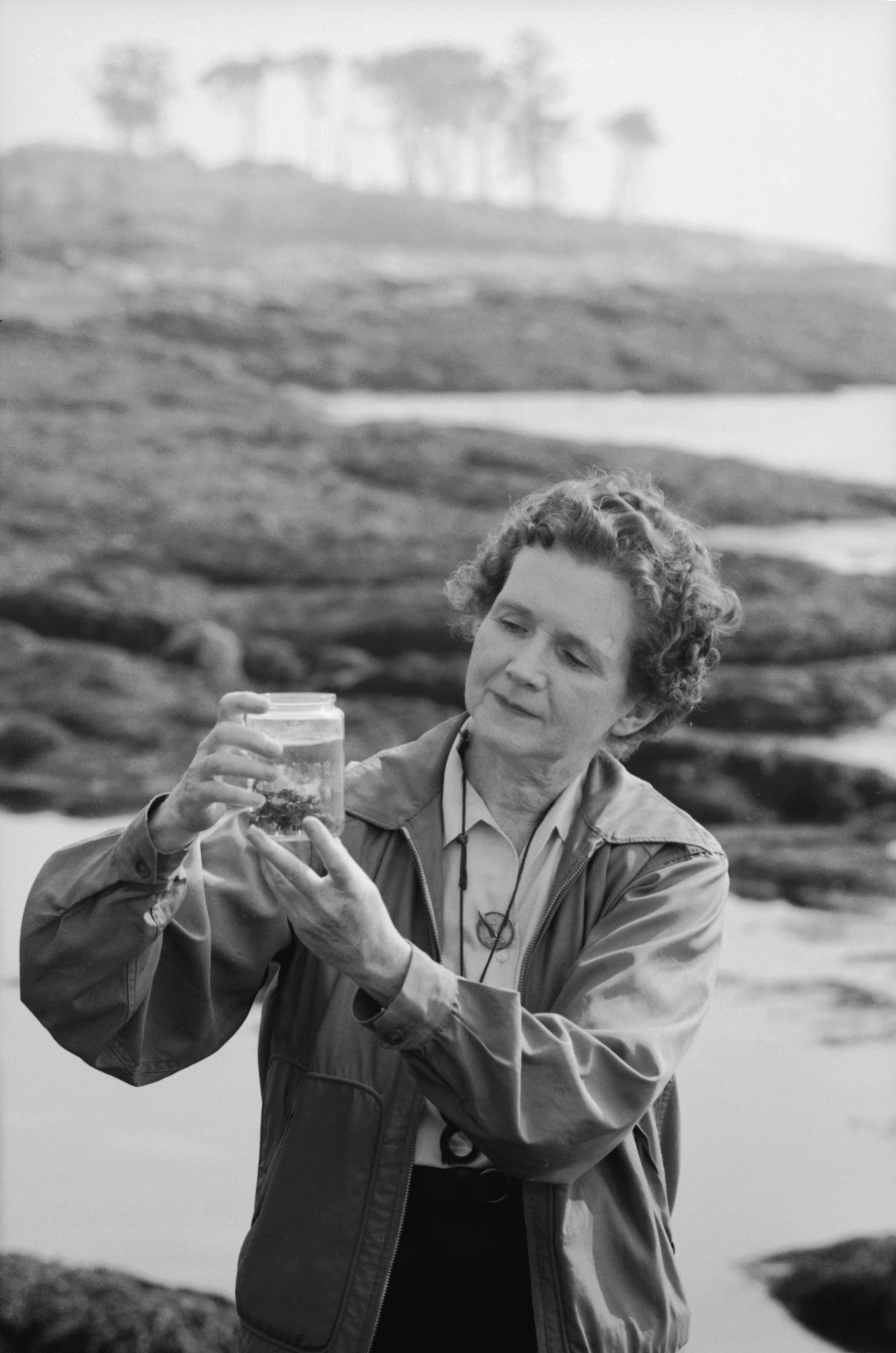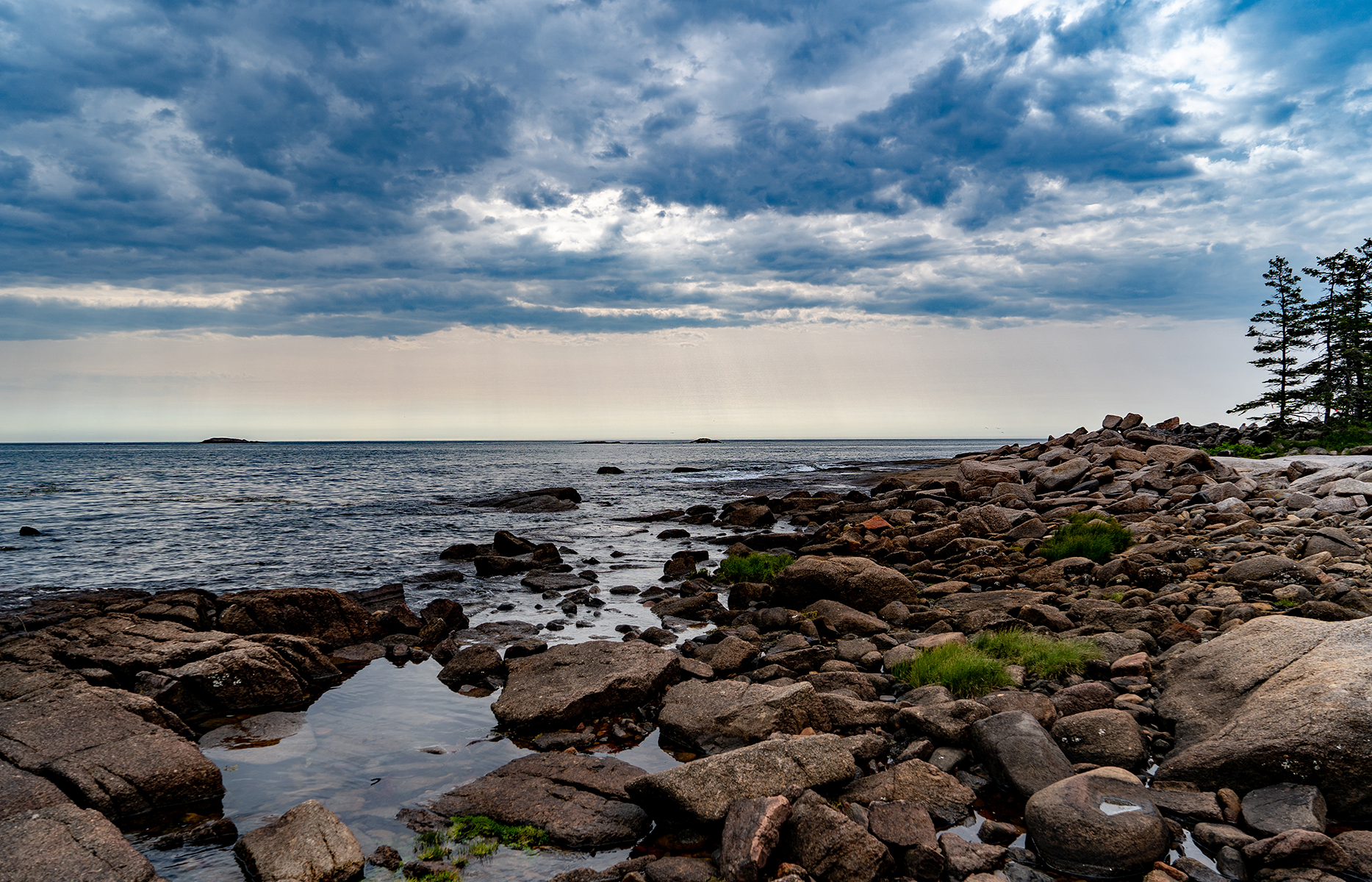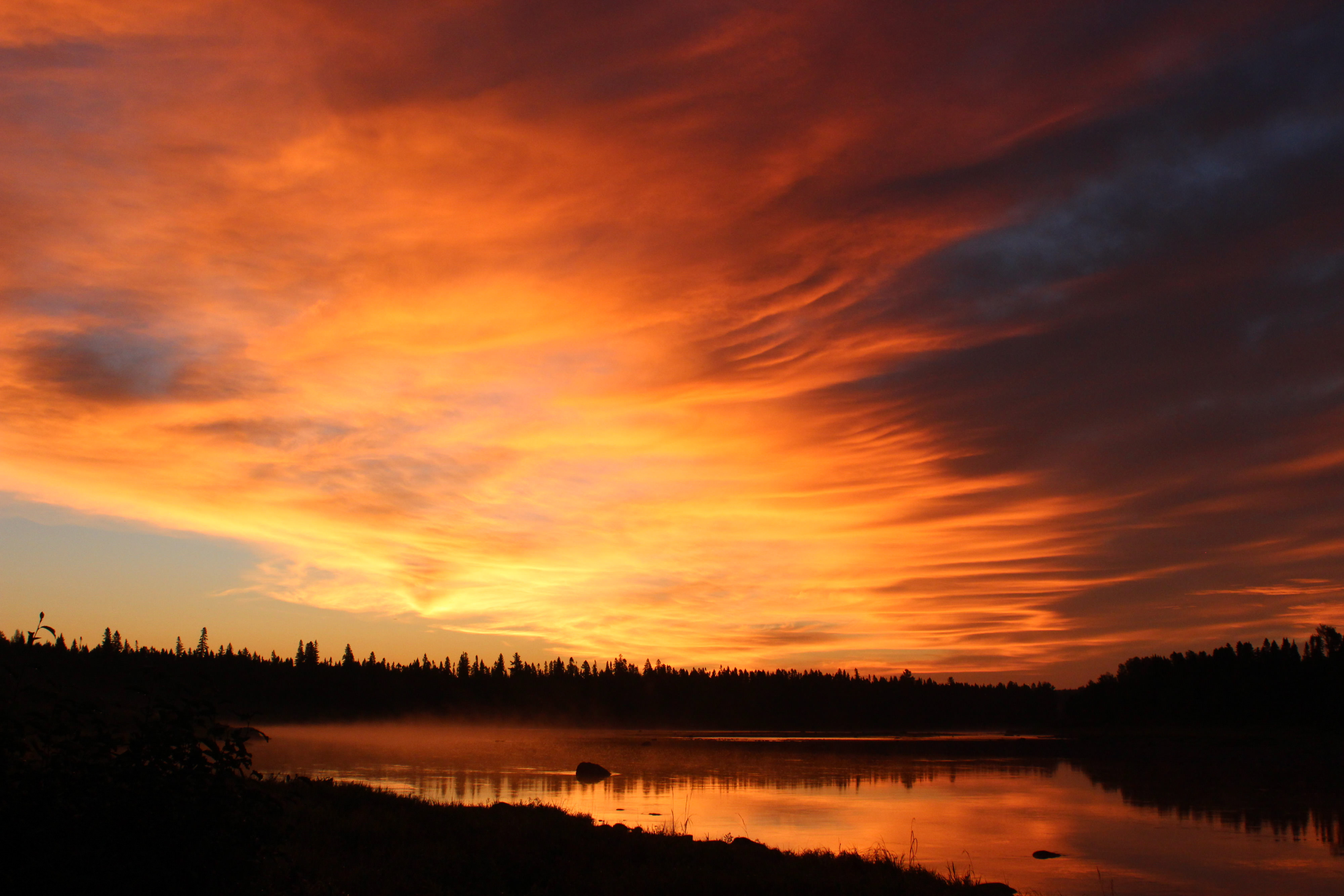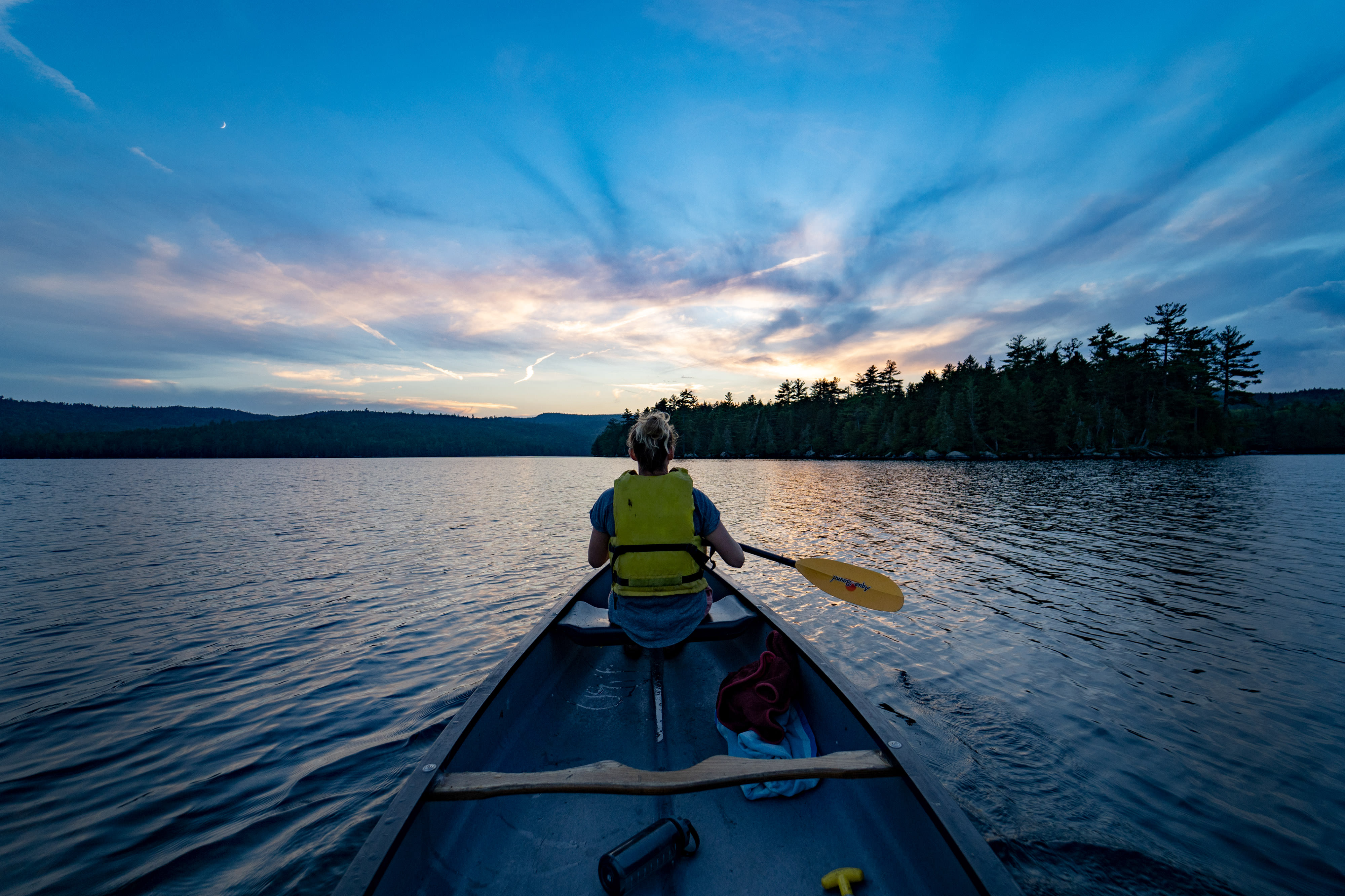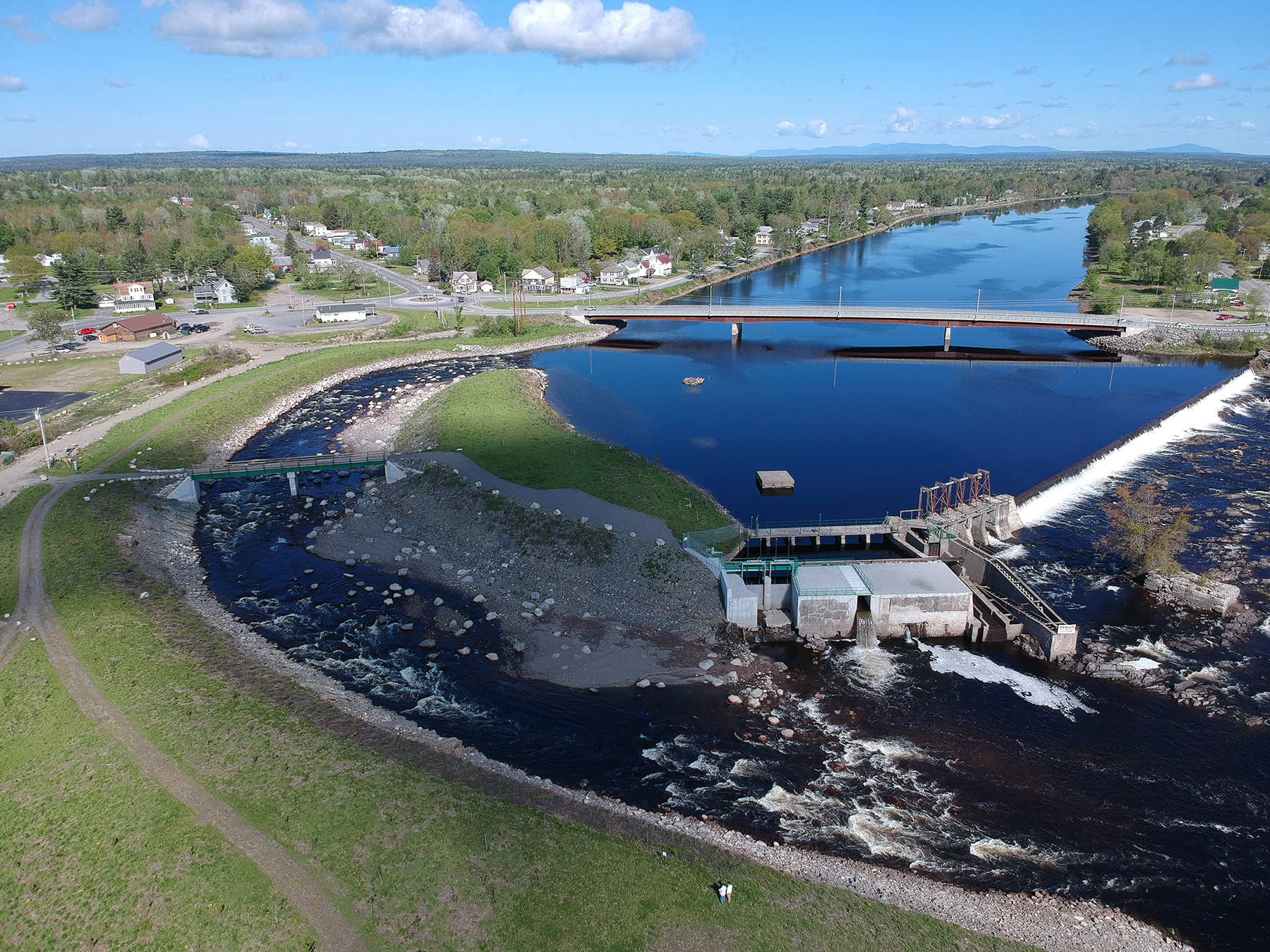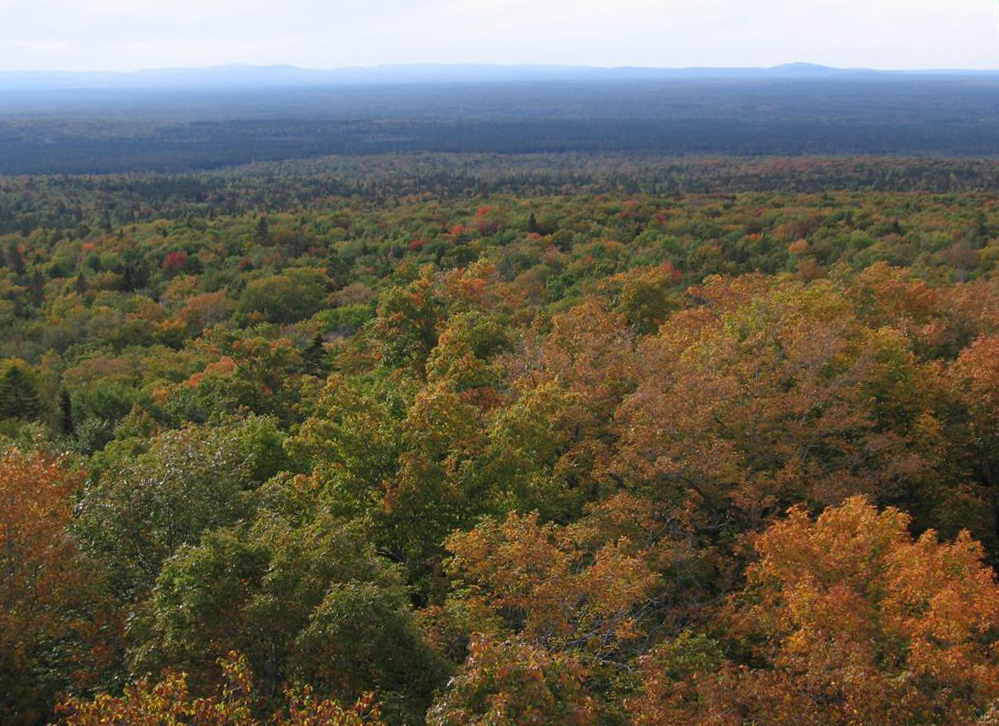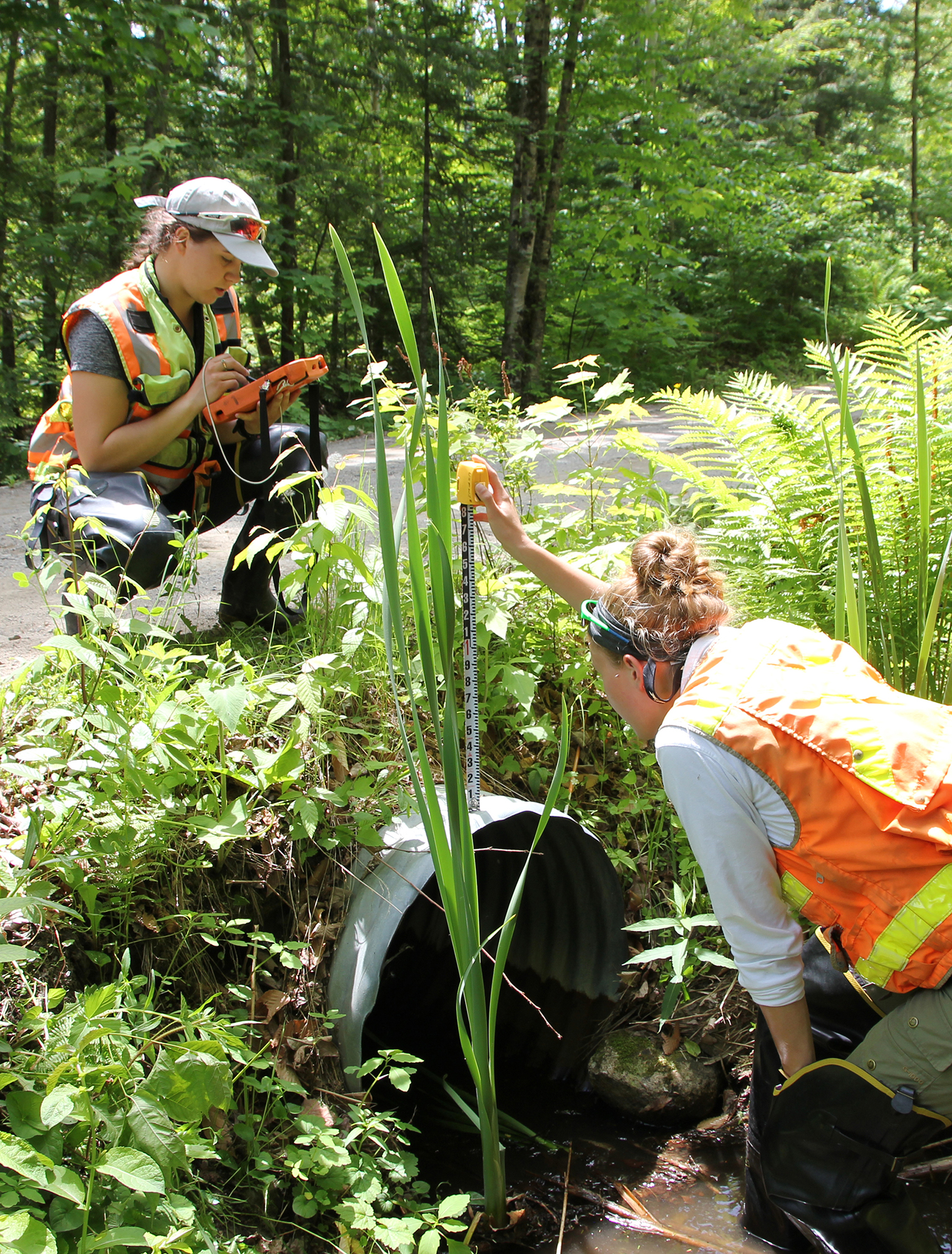Since 1956, The Nature Conservancy in Maine has been conserving the lands and waters on which all life depends—and now we’re doing so much more.
TNC in Maine is The Nature Conservancy’s fourth oldest chapter, founded in 1956 by Rachel Carson and other leading Maine citizens concerned about the loss of wildlife habitat. Since that beginning, TNC in Maine has helped protect almost 2.5 million acres in the state and currently owns and manages more than 300,000 acres, constituting the largest system of nature preserves in the state.
Today, with a mission to protect the lands and waters on which all life depends, TNC in Maine is taking action to protect land, restore waterways, work toward a healthy and sustainable ocean, address and mitigate the effects of climate change and connect people and nature—in Maine and around the world.
Landmark Moments in Maine
A chapter is formed in Maine
Maine becomes The Nature Conservancy’s fourth chapter, with Rachel Carson as Honorary Chairman.
Conserving a Maine island
1,579 acres of Great Wass Island purchased, the first of 16 islands in the archipelago that will eventually receive protection from TNC.
LMF passes for the first time
Maine passes landmark $35 million Land for Maine’s Future Bond. TNC negotiates the Land for Maine’s Future Board’s first purchase the following year, 1,041 acres at Kennebunk Plains.
Critical conservation at a scale never attempted before.
TNC in Maine purchases 185,000 acres of remote forest along 40 miles of the upper St. John River for $35 million, the largest single financial commitment TNC has made anywhere in the world.
A unique conservation effort
An unorthodox conservation approach results in a 195,000-acre working forest easement and acquisition of the 46,000-acre Debsconeag Lakes Wilderness Area, as TNC works with Great Northern Paper in a deal to save trees and jobs.
Working in the Gulf
To build resiliency back into the Gulf of Maine, TNC in Maine launches an innovative permit banking initiative—a strategy that leverages acquired fishing permits to promote sustainable fishing practices.
Restoring the Penobscot River
Along with many partners in the Penobscot River Restoration Trust, TNC celebrates the purchase of three dams on the river. Two will be removed and a third bypassed with improvements on several other dams beginning in 2012.
Increasing carbon storage
TNC enrolls 124,000 acres in the St. John River Forest in a forest carbon project—increasing carbon stocking, accelerating forest restoration and expanding ecological reserve land.
Addressing climate change through conservation
TNC purchases an important link in a large swath of contiguous forest and creates the 9,608-acre Boundary Mountains Preserve along the border with Canada—part of a strategy to address climate change through conservation.
Support Our Work
Join us to ensure that Maine’s natural legacy endures for future generations.
